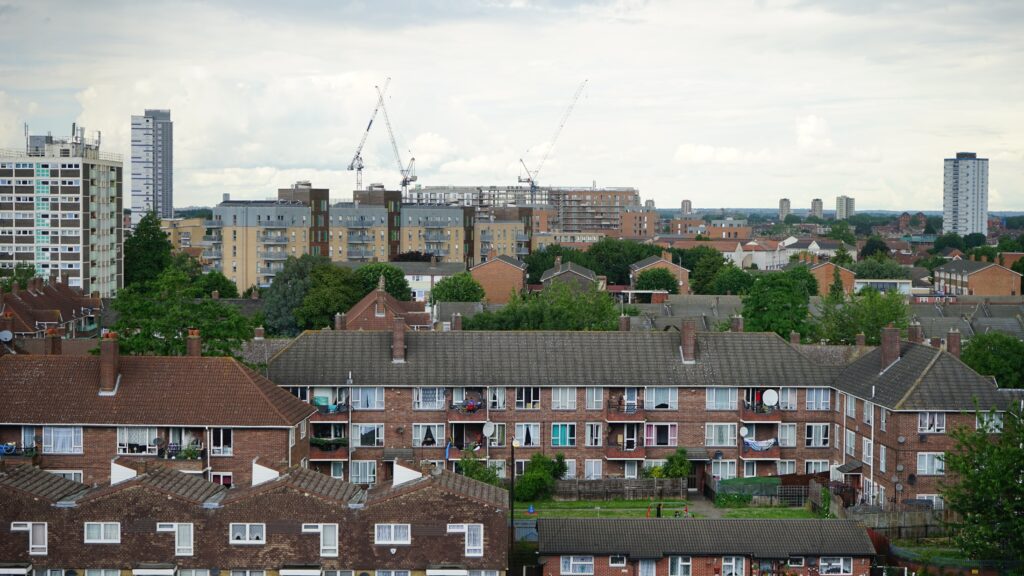Over 8 million addresses are affected by high levels of particulate matter and nitrogen dioxide.
Researchers at Imperial College London used computer models to produce estimated concentrations of particulate matter and nitrogen oxide across the UK addresses accurate to 20 meters square.
The results were compiled into a searchable national database where users can input any address to find out if their area is ‘low’, ‘medium’, ‘significant’, ‘high’, or ‘very high’. Anything above medium signifies that the address exceeds the World Health Organisation (WHO) limit for PM2.5, PM10, or NO2.
One in four homes were resultingly found to exceed safe limits set by the WHO, with road pollution affecting nearly every part of the nation, in spite of roads occupying only 1 per cent of the country.
A study by the University of Exeter discovered that the most prevalent pollutants are particulates released by fossil fuel burning, nitrogen dioxide from diesel vehicles, as well as light and noise.
Over 70 per cent of the UK is affected by each of these identified pollutants, the only land to escape usually being of high altitude. Ecosystems and human health are greatly affected.
The Control of Patient Information (COPI) call for estate agents to disclose pollution levels when advertising properties. Legal opinions from QC suggest there would be a ‘strong argument’ for estate agents breaching consumer protection as per the 2008 Unfair Trading Regulations by failing to inform customers of potential health risks.
‘Air pollution affects everyone. It is a dangerous, invisible killer. With this national rollout, it would be shameful for the property industry to not start acting in an honest, transparent way. Lives depend on it. Everyone has a right to know what they are breathing,’ commented Humphrey Milles, COPI founder.
The objective of the Westminster Commission for Road Air Quality Planning working party, headed by Dr. Louise Brooke-Smith, calls for the ‘Home Buyers’ report to reference an air quality index.




